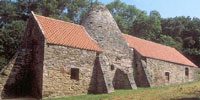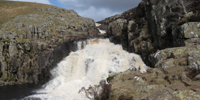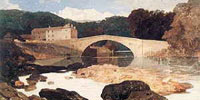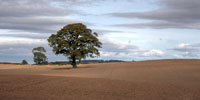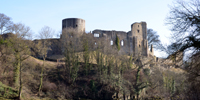The Durham Landscape
The Durham landscape is one of enormous contrast and diversity. From its western boundary high in the summit ridges of the North Pennines to the limestone cliffs of the North Sea coast, remote moorlands and pastoral dales give way to fertile farmlands and settled coalfields.
This diversity is a product of natural, physical factors – rocks, topography, soils and climate – which have influenced both the natural flora and fauna and the way the landscape has been populated, managed and exploited by its people over the centuries.
The following sections describe the physical and human influences that have shaped the modern landscape of the County. They also give information on landscape designations in the County, and Perceptions of the Landscape past and present.

